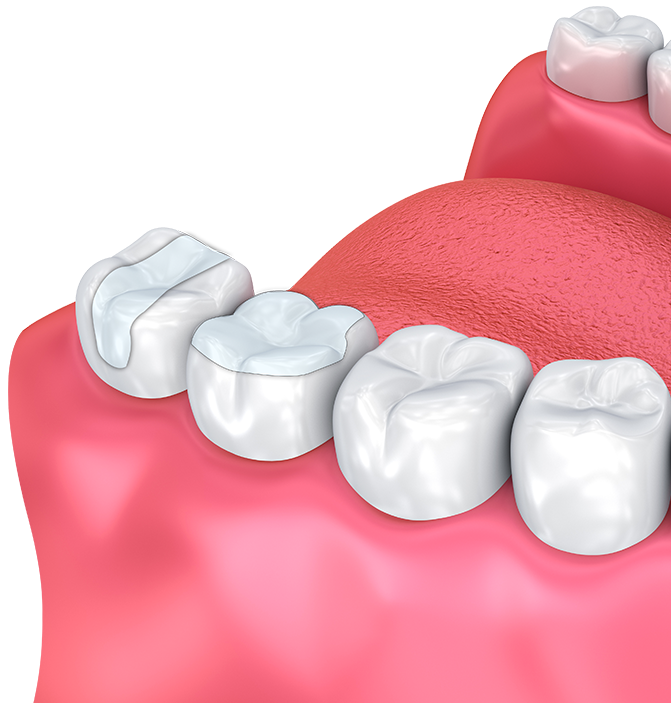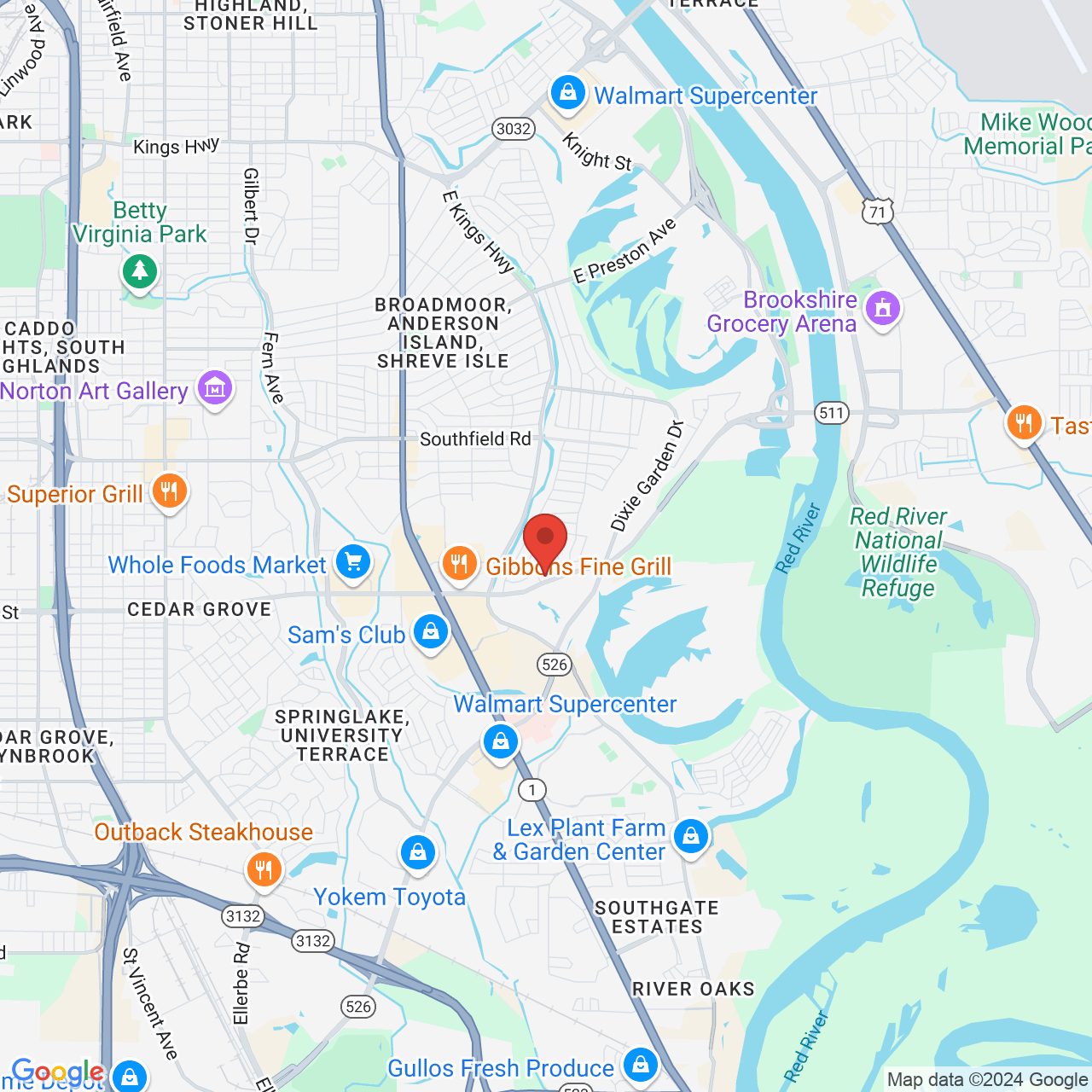
Inlays and Onlays
When decay affects the chewing surface of a molar, a filling may be insufficient to restore the tooth.
If the damage is not extensive enough to warrant a crown, an inlay or onlay may be the best solution.
What makes these restorations special?

Durable Protection for Damaged Teeth
Relieve Discomfort and Restore Health
Decay can make teeth extra sensitive and eventually lead to tooth loss. An inlay or onlay can repair the tooth, alleviating sensitivity and preventing further decay.
More Conservative than Crowns
Crowns require your dentist to remove a significant portion of the tooth to accommodate the restoration. As an intermediate step between fillings and crowns, an inlay or onlay requires only a small amount of enamel removal.
Beautiful, Natural-Looking Results
Inlays and onlays are typically made of medical-grade porcelain, which can be shade-matched to blend seamlessly into your smile. Porcelain mimics the sheen of natural enamel and can strengthen a molar by up to 75 percent.
Having Tooth Decay Is Nothing to Be Ashamed of
Will Insurance Cover an Inlay or Onlay?
The price of an inlay or onlay generally ranges from $650 to $1,200 per tooth without coverage. However, since inlays and onlays primarily serve a practical purpose, many insurance plans cover part or all of the costs associated with the procedure. Out-of-pocket costs for insured patients range from $40 to $100 for a porcelain restoration. The overall cost will ultimately vary depending on the type of material used, the extent of damage or decay, and the dentist’s level of expertise.
During the Procedure, Your Dentist Will...
Your dentist will simply remove any compromised tissue before placing the restoration.
A One-Visit Procedure with CAD/CAM
Inlays and onlays can be expertly fabricated in a laboratory or milled using CAD/CAM (computer-aided design and computer-aided manufacturing) technology to blend with your smile for beautiful, natural-looking results. With CAD/CAM technology, such as CEREC®, your dentist can design and craft a custom inlay or onlay in a single visit.
This system combines advanced computer software, a 3-D scanner, and an in-office milling unit. This means less time spent in the dentist’s chair, as well as a faster, more convenient solution. Inlays and onlays require no additional downtime, so you can leave the office with fully restored dental function.
Simple Care for a Long-Lasting Restoration
Amalgam dental fillings expand and contract with temperature fluctuations, which can cause the tooth to weaken or fracture. Small cracks can harbor bacteria and result in tooth decay, or even extend beneath the gumline and require extraction. In contrast, porcelain inlays and onlays do not change size or shape with varying temperatures. Their structure makes them a more stable solution in the long-term.
Daily at-home care for inlays and onlays is no different than that of healthy, natural teeth. You should brush and floss daily and visit the dentist for biannual checkups to ensure your restoration is strong and secure. Should your inlay or onlay become loose, painful, crack, or fall out completely, contact your dentist as soon as possible to schedule a visit.
A Doctor Can Find the Right Solution
Tooth decay can only become worse without prompt treatment. If you are not attending biannual checkups, or if you are experiencing symptoms of tooth decay, schedule a visit with your doctor!












